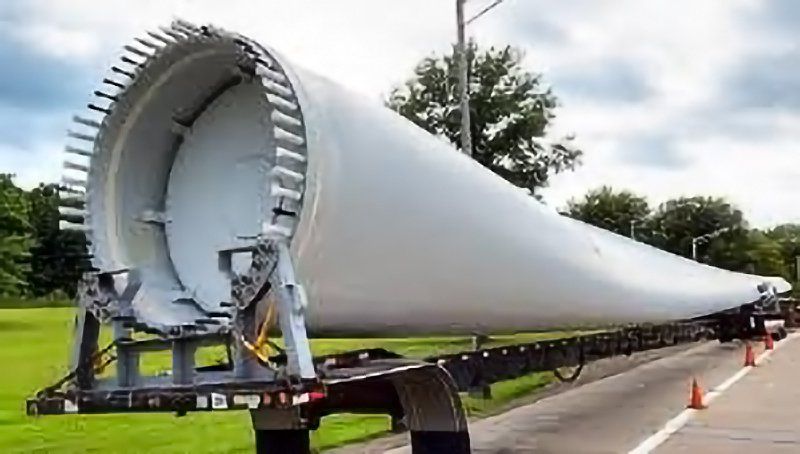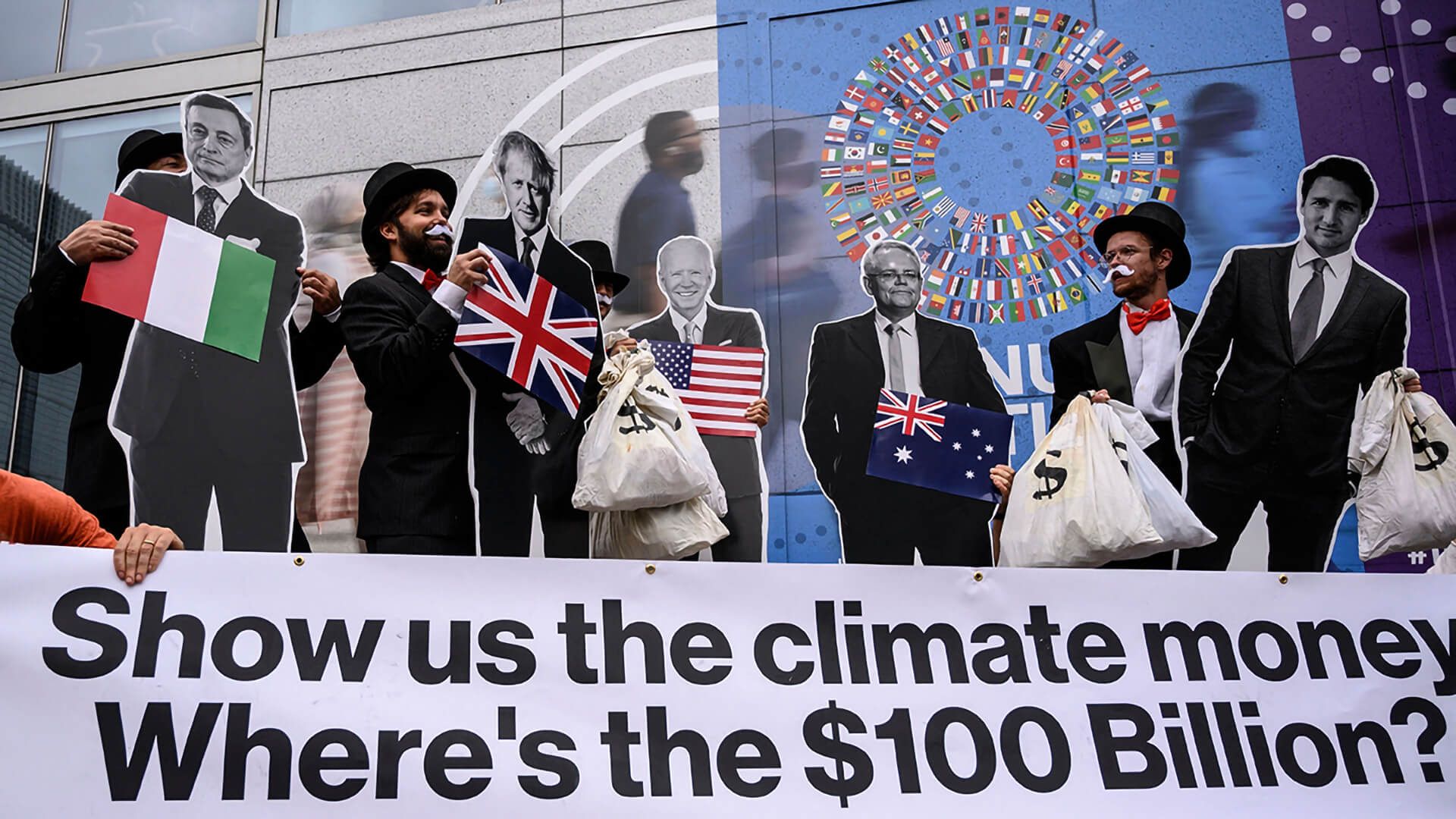Most people these days have some concern about Global Warming and whether it is Real or Not, and what affect Man-kind has on the Climate?
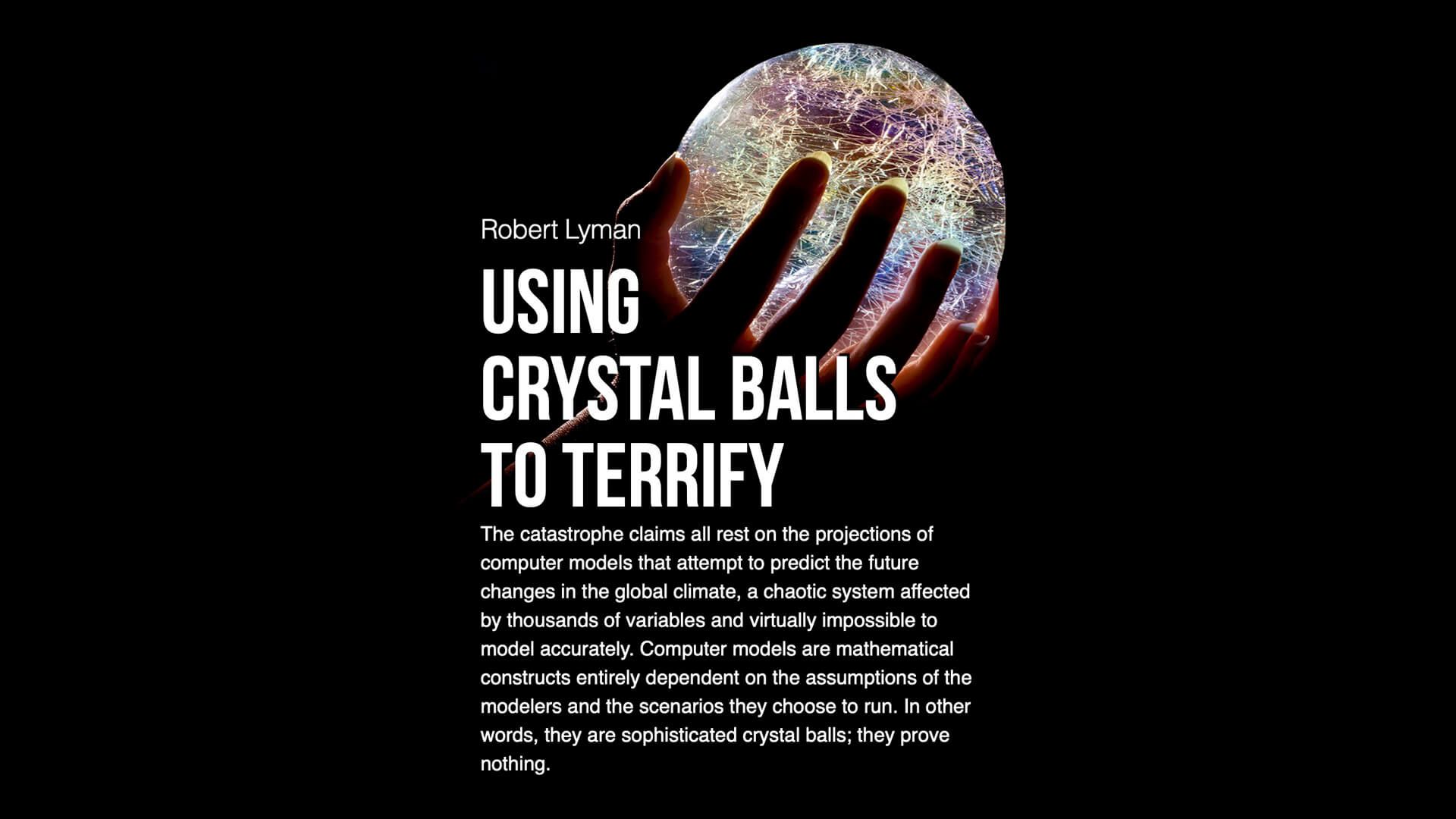
To this End they try to do the Right Thing. But What is the Right Thing?
And what if Global Warming is Delusional?
Consider also that Canada Contributes only about 1.5% of Global Emissions.
Let’s Consider Energy Sources and Consumption Requirements
that Relate and are Understandable.
Finally, someone has put a Common Denominator on our Energy needs. That someone is Professor Lee, a Business Professor at Carleton University for 33 years. He wrote an Article in the Epoch Times which attracted my attention.
It answers some of our concerns of Converting Energy Sources away from Fossil Fuels to Electricity.
Perhaps, this is a way of appreciating the Cost and Timelines for such a Venture on a Realistic Basis.
Stay with me here for a moment, this is not all that complex!!!
The Common Denominator to do so is a term called Petajoules which can be easily related to Megawatt Hours of Electricity. (1 Petajoule = 277777.7 MWHs)
Natural Resources Canada indicates:
Canada Consumed 11,489 Petajoules (PJ) of Energy in 2017
| This was consumbed by: | ||
|---|---|---|
| Industrial Use | 5974 PJ | 52% |
| Transportation | 2642 PJ | 23% |
| Residential | 1493 PJ | 13% |
| Commercial | 1379 PJ | 12% |
(Today’s Focus is on Transportation, but look at Industrial Use Consumption)
The Sources of Energy in 2018 were as follows:
| Refined Petroleum Products | 4,713 PJ | 41% Fossil Fuels |
| Natural Gas | 4,076 PJ | 36% Fossil Fuels |
| Electricity | 1,919 PJ | 17% Nuclear, Gas, Hydro, Wind/Solar |
| Other Sources | 783 PJ | 7% Wood, Biofuel |
So, Electricity only made up 17% of our Energy Supply in 2018. Just try changing the Energy Derived from Fossil Fuels to 95% Electricity by year 2050?
Think of the “Conversion Energy” required to even come close to doing so.
Consider, the “Conversion Energy” required to build Nuclear Reactors, Wind Turbines, Solar Panels or the Mining of Minerals required to Manufacture and Build Batteries. Most of this “Conversion Energy” will come from Fossil Fuels.
Think of the Government Approvals and Financing to even try to Achieve 95% Electrical Energy! This particularly, when strange as it may seem Environmentalist are against Change and Development of this Nature, particularly Nuclear Energy!
The next Question is what Practically would we have to do to Achieve 95% Electrical, Carbon Free Energy.
In 2017, Ontario Generated 151,116,000 MWHs of Electricity.
This is Equivalent to 544 PJ of Energy, which is 17.9% of Ontario’s Total Energy Requirements of 3035 PJ’s, much of which comes Refined Petroleum Products.
Ontario must Multiply it’s current Electrical Generation
by a Factor of More than 5 Times to Go All Electric.
5 Times to go All Electric in Ontario!!!
| Currently we have: | ||
|---|---|---|
| Nuclear Facilities | 20 units | About 50% of Base Load |
| Hydro Plants | 56 units | About 30% of Base Load |
| Natural Gas Facilities | 55 units | Backs up Wind and Solar |
| Wind Turbine Groups | 48 Groups | |
| Solar placements | 7 units |
Think of the Investment required to even “Double”
these Installations, or Specific Identities like Nuclear, where we derive more than 50% of our Base Load.
Where would we get the Investment Capital? This particularly, when we have a Federal Debt of $1,200,000,000,000 and Provincial Debts of $934,000,000,000.
Further, with Carbon Taxes Increasing our Costs, and Restrictions on Fossil Fuel Development, GDP Growth will Not Increase Significantly.
So, in many respects Trudeau’s Plans are Pipe Dreams!
He could also take us further in Debt or Print More Money, all of which are Inflationary, as we are already seeing, and are another form of Tax, with a Bad Ending!! We Experienced that in the 1980’s with Interest Rates at 19%.
Former Ontario Liberal premier Kathleen Wynne from 2013 to 2018, said in a recent interview with Maclean’s that she gives herself a low score on the energy file.

“We were going to make big changes in terms of the supply mix and greening the grid and investing in the grid. I think it’s $50 billion that we invested in upgrading the grid”.
Wynne said she was warned that the province was taking on a lot of debt and that energy prices would go up, but she didn’t take it “seriously enough.
A C.D. Howe report published in June 2021 says the cost of Ontario’s electricity system rose from $12 billion, annually, in 2006 to $21 billion in 2019, while demand fell 10 percent over the same period.
Demand fell by 10 percent because we lost 180,000 manufacturing jobs due to the High Cost of Electricity caused by Paying Premiums for Wind and Solar.
Partly because of losing a lot of Manufacturing, the Greater Toronto Area has become a Distribution Centre for mostly imported goods, with lower wages than typical manufacturing jobs.
We need to learn from the Wynne Government Energy Investment Mistakes and Not Repeat Them.
There are approximately 2425 Coal-Fired Power Plants Worldwide, and more being constructed and planned, with China and India not willing to change direction until at least 2030, providing them with a low Electricity Cost Base Advantage.
Alberta is starting to have a good year with Fossil Fuel Pricing continuing to rise above $80/ Barrel, and demand growing.
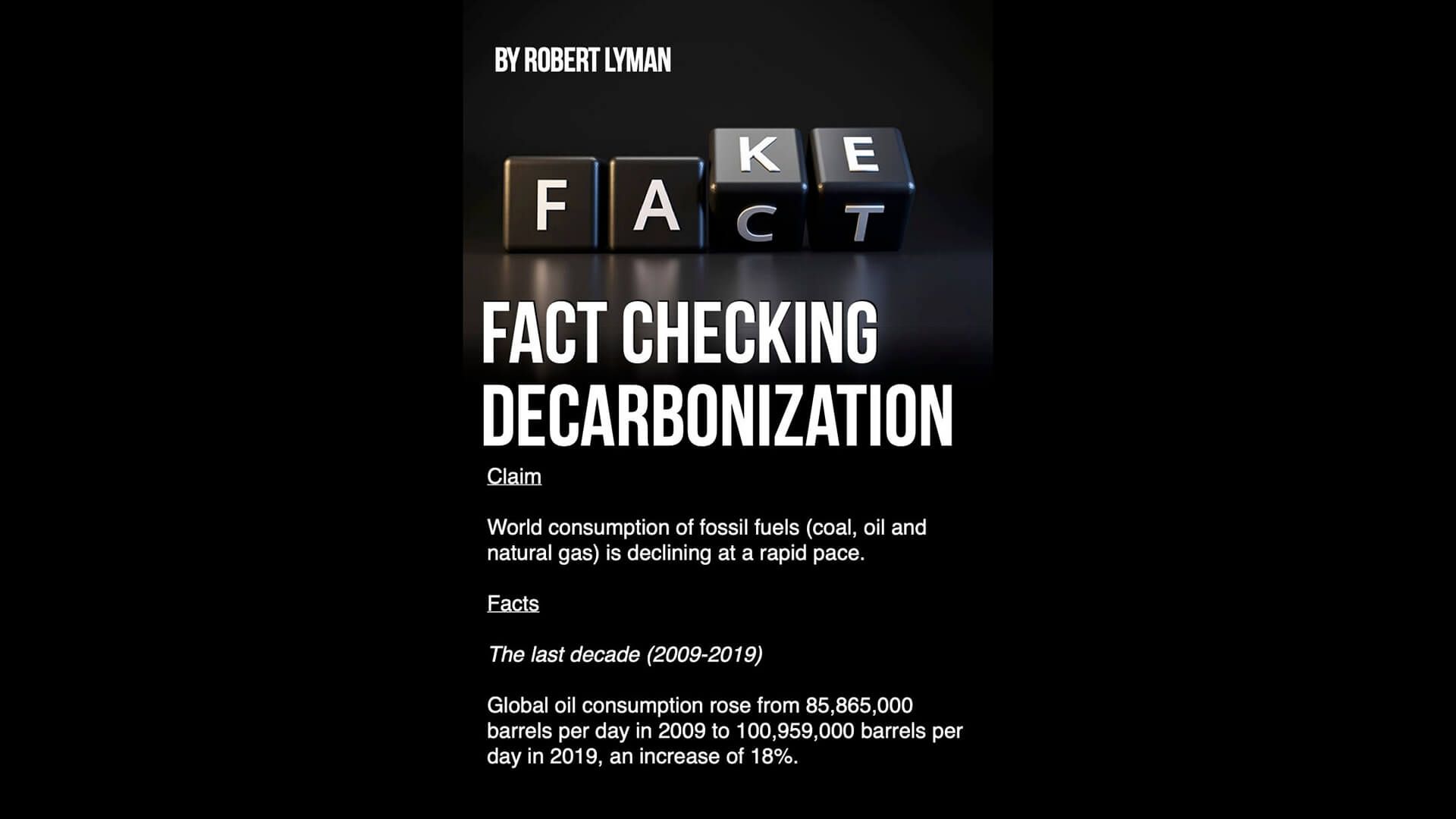
However, Government should remove Bills C-48 and Bill C-69 which restrict investment in Western Oil and Gas Development. These Bills have Cost Roughly $196 Billion of lost Investment. That’s Jobs and Export Revenue!! It restricts the Developing World from using Clean Canadian Fuel like LNG.
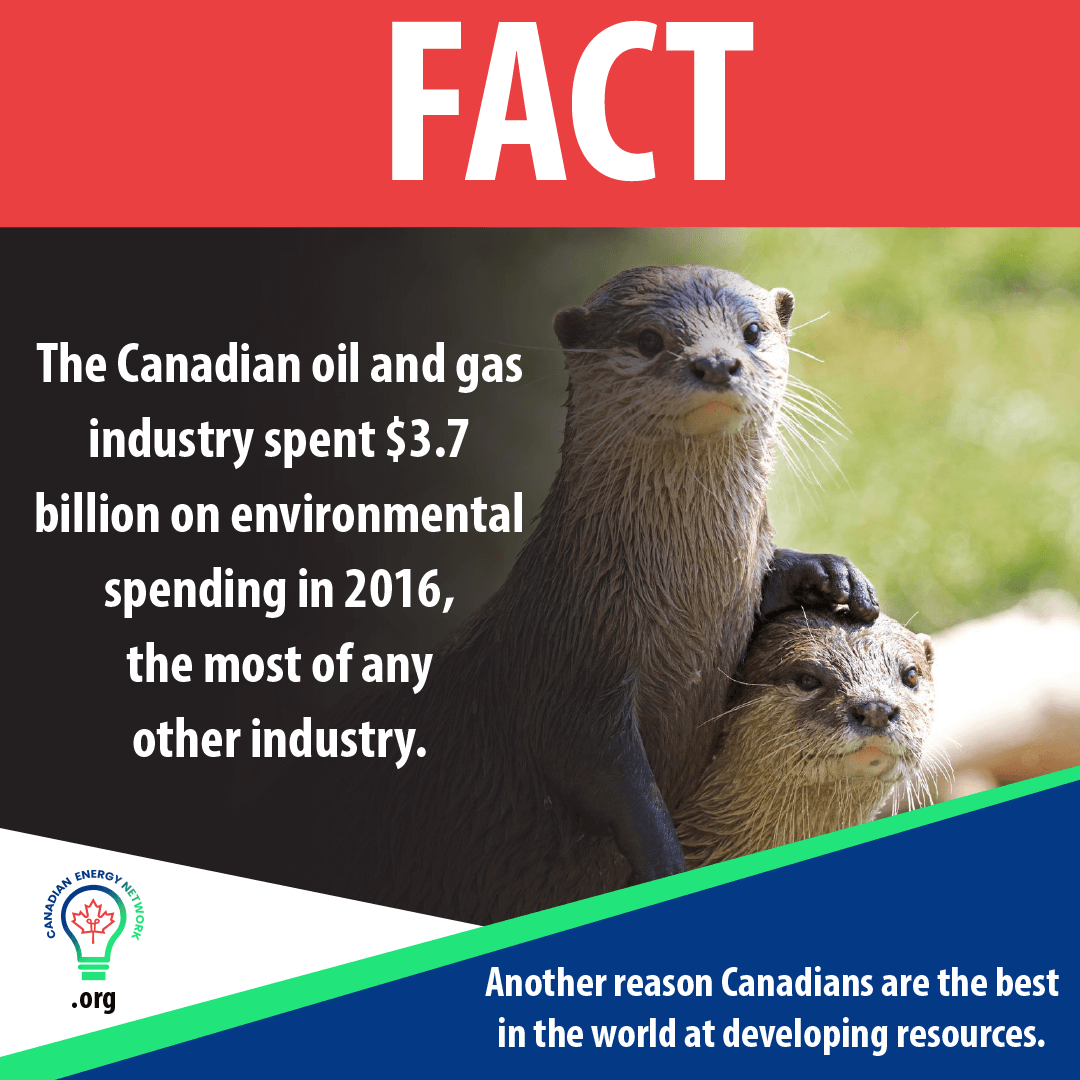
And what about the Keystone Natural Gas Pipeline that Biden put a stop to. Has Trudeau addressed that?
We should also not forget Carbon taxes that are continuing to increase our gas prices. We currently pay about $30 / tonne of CO2 Tax or about 7 cents/ liter. At $170/ Tonne in 2030 that will be 40 cents/ liter, on top of the other fuel taxes we pay at the pumps. In other words, one can add another 33 cents/ liter by 2030, besides inflation, or oil price changes. Along with this there will a “Clean Fuel Standard”. Why do we have a Carbon Tax? What does it accomplish specifically?
A single EV Battery weighs about 1000 lbs and contains about 22 Lbs of Lithium, 60 lbs of Nickel, 110 lbs of Graphite, 90 lbs of Copper and 400 lbs of Steel, Aluminum and various plastic components.
Extracting the key minerals for each battery requires mining about 90,000 lbs of ore. That requires a lot of Energy, to Mine, mainly Fossil Fuels.
How many years does it take to get a payback on the cost of construction of this 2MW unit with a 20-year lifespan, that does not even supply Base Load as it is intermittent, as the wind does not always blow!
In Conclusion, it seems reasonable to mitigate the possible risk of man-made Climate Change, that we should Adapt more Electrical Applications through a Natural Progression, Considering Normal Market Forces, over a Longer Time Frame, as we will Require more Electrical Power Sources, Improved Transmission Lines, more Battery Storage, more Mineral Exploration and Engineering Development.
This particularly so, since China and India are not on-board the Global Warming Initiative.
Canadians are Snookered on Abolishing Single Use Plastic, Carbon Taxes, Electric Vehicles, Wind and Solar, Racism, Indigenous People, Residential Schools, Removal of historical Sir John A. McDonald and Egerton Ryerson Statutes, Provincial Equalization Payments, Socialists Agendas, Marists Ideology, The Great Reset, Over Bearing Government Regulations, Restricted Development, Excess Government Employees, Developmental Regulations, and High Taxes, all of which Contribute to Inflation and our Ability to Compete, Grow and Prosper!!
Think of what would be possible in this Great Big Country Canada,
if we ever got our Act Together??



